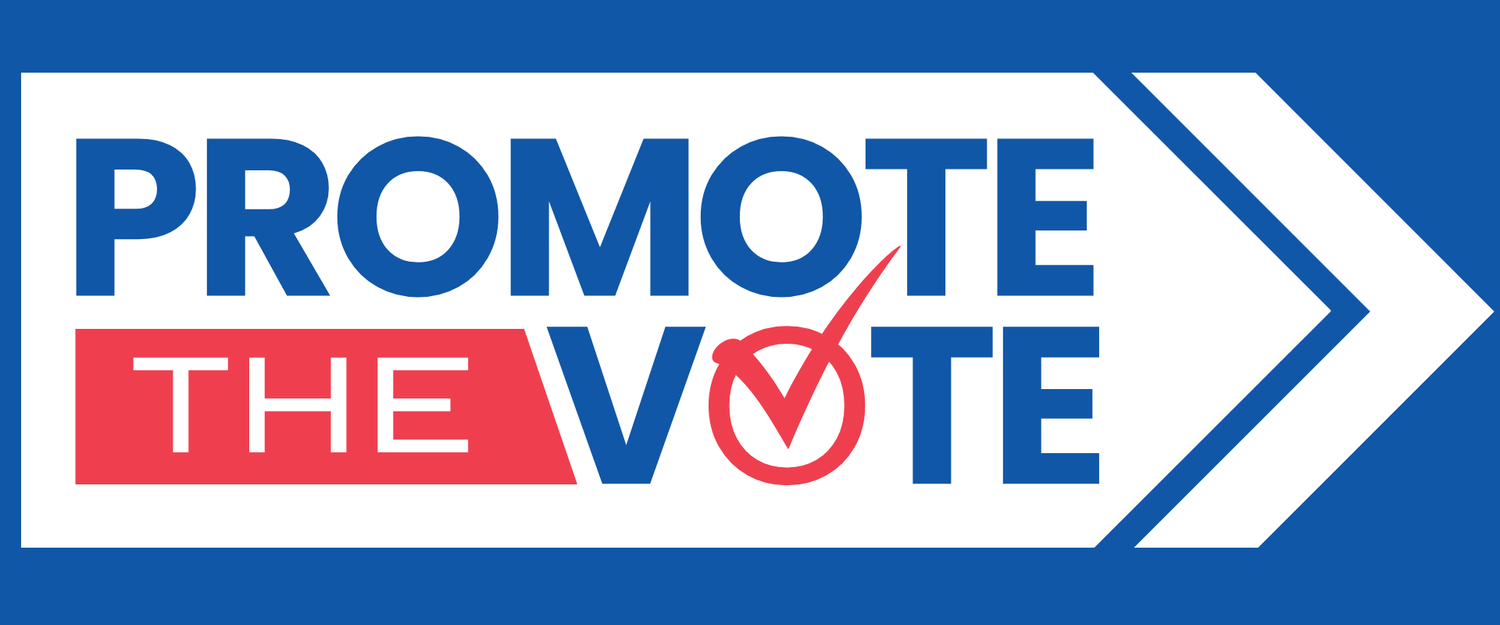
FAQ: Ballot Initiatives in Michigan
Citizen-initiated ballot initiatives, which allow voters to amend the state constitution or state law, are a key feature of Michigan’s democracy. If you’re approached by someone asking for your signature, read the petition summary carefully, and do your research before signing! Petition circulators don’t always clearly—or accurately—describe what their ballot initiative would do when gathering signatures. For a printable file with this information, click here.
What’s a ballot initiative?
In Michigan, voters can amend the state Constitution or state law through a ballot initiative (also known as a ballot proposal). This process allows voters—instead of politicians—to make changes to the state Constitution or law. Ballot initiatives can be on any topic from voting reform (like Promote the Vote’s Proposal 3 of 2018 and Proposal 2 of 2022) to changing the minimum wage. About half of the other states have similar processes.

How does a ballot initiative get on the ballot?
Step 1: Draft the ballot initiative.
Ballot initiative organizers must first draft language that would replace, edit, or add to language in the Michigan Constitution or state law.
Step 2: File the petition with the Secretary of State.
Next, ballot initiative organizers must file a copy of their petition (the document that they will use to collect signatures) with the Secretary of State. The petition form must comply with legal requirements, including having a 100-word summary that describes its purpose.
Step 2a (optional): Present the summary and the petition to the Board of State Canvassers for approval.
Organizers also have the option of bringing their summary and their blank petition form to the Michigan Board of State Canvassers (a bipartisan board with two Republican members and two Democratic members) for approval. This step is not required, but it can prevent later legal challenges to the petitions.
Step 3: Gather signatures.
To get an initiative on the ballot, the organizers must collect a large number of signatures. To change state law, organizers must collect a number of valid signatures equal to 8% of the votes cast in the last election for governor, and to change the Constitution, organizers must collect a number of valid signatures equal to 10% of the votes cast in the last election for governor. In 2025, petitions to change the Constitution must collect 446,198 valid signatures and petitions to change state law must collect 356,958 valid signatures.
To collect these signatures, petition circulators (people who are collecting signatures) will typically spread out across the state at community events and other high-traffic public spaces. Circulators can be paid by ballot initiative organizers or be volunteers.
Step 4: Submit signatures to be verified by the Board of State Canvassers.
Once the organizers are done collecting signatures, they file their petitions (pages of signatures) with the Secretary of State. Next, the Board of State Canvassers reviews the signatures to make sure that there are enough valid signatures and the petition pages follow the form required by state law. If the Board of State Canvassers determines that there is a sufficient number of valid signatures and the petition form is correct, the ballot initiative will be on the ballot in the next statewide general election.
To count towards the final number, the collected signatures must be “valid.” A “valid” signature is from a registered Michigan voter who signed within 180 days of the petition being filed with the Secretary of State. Each signer can only sign once and must sign a petition page specific to their county of residence.
What does it mean for a signature to be “valid”?
It depends. In order to appear on the ballot, signatures must be submitted to the Secretary of State at least 120 days before Election Day. And organizers have 180 days to collect the required number of signatures. It’s not uncommon for organizers to begin gathering signatures more than a year before the next election so that they have enough time to gather the required signatures and campaign for their proposal.
How long do ballot initiative campaigns last?

How does a ballot initiative become law?
Ballot initiatives become law if a majority of Michigan voters (over 50%) vote for the initiative. Ballot initiatives changing state law take effect 10 days after the election is certified and ballot initiatives changing the Constitution take effect 45 days after.
Make sure you know what you’re signing! Circulators don’t always clearly—or accurately—describe what the ballot initiative would do. That’s why it’s important to carefully read the petition summary and to do your research before signing petitions and before voting on ballot initiatives. We recommend seeking resources from trusted organizations and talking to trusted community members. You can also read the full text of ballot initiatives by visiting www.michigan.gov/sos/elections/bsc and scrolling to “Petitions.”







